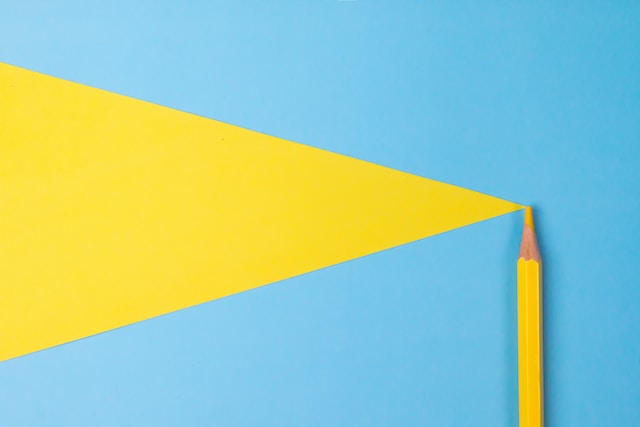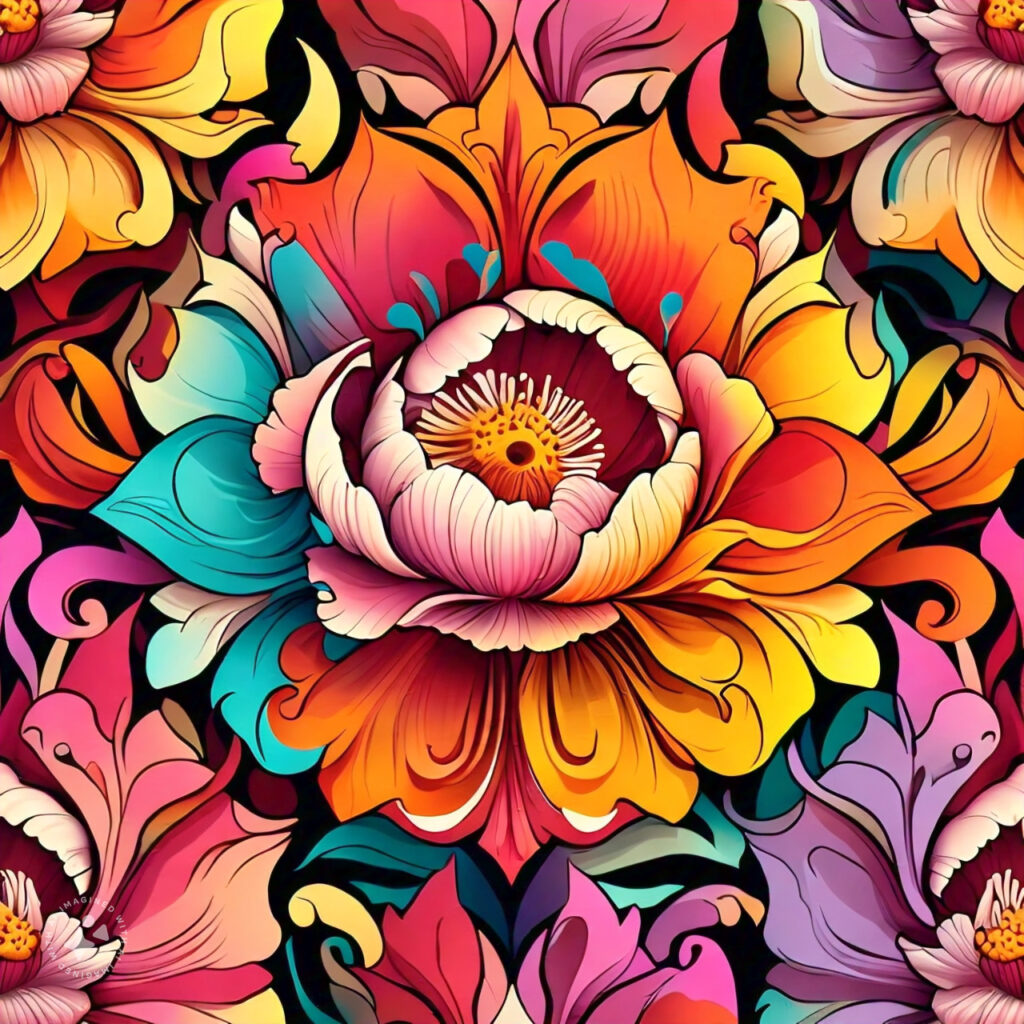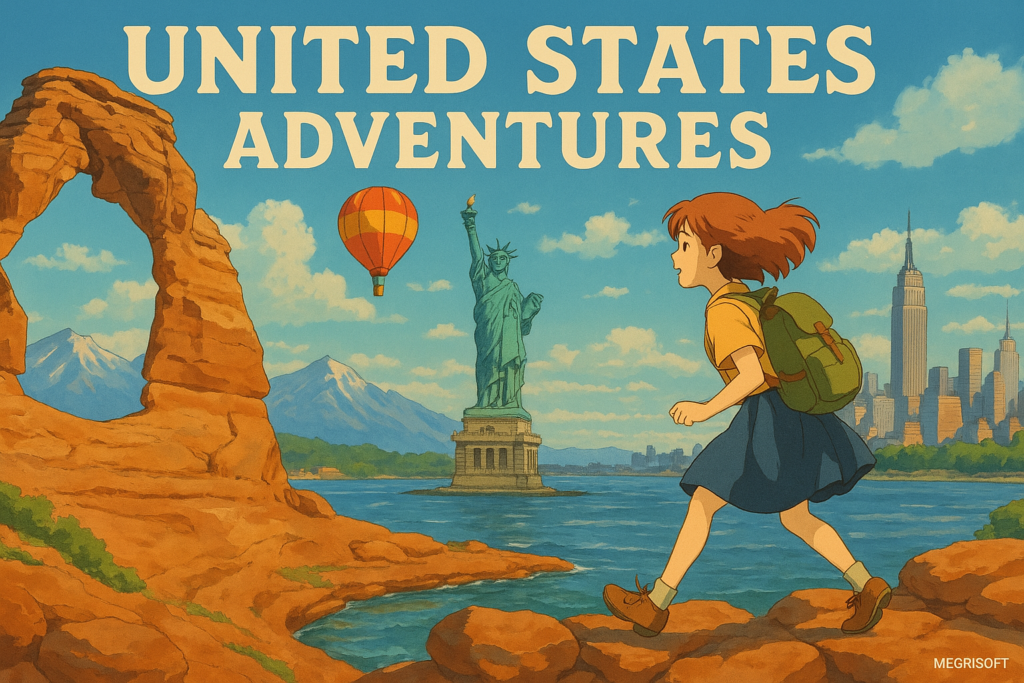Choosing between vector and raster art depends on your specific design project. Both offer unique advantages, but understanding their core differences is key. Vector art excels in scalability and clean lines, making it ideal for logos, icons, and illustrations. On the other hand, raster art boasts rich detail and color variations, perfect for photographs and realistic imagery.
This article will explore the differences between vector and raster art to help you decide which artwork best suits your design needs.
Pros of Vector Art
Some pros of vectorization image art make it a valuable asset for designers. Firstly, vector graphics are perfect for creating logos and other branding materials because they maintain clarity at any size. Logos must look sharp on everything from business cards to billboards, so using vector graphics ensures your brand remains consistent across all mediums. Another advantage of vector art is that it allows easy editing and manipulation.
Vector art has carved a unique niche in the design world, offering many advantages and making it a go-to choice for various projects. Let’s delve into the key benefits that set vector graphics apart:
- Scalability Without Limits: Unlike raster images that lose quality when enlarged, vector art boasts infinite scalability. This means you can resize a vector graphic from a tiny icon to a billboard-sized masterpiece without compromising sharpness. This makes it perfect for logos, icons, and illustrations that need to effortlessly adapt to various sizes.
- Clean Lines and Precise Editing: Vector art is built upon mathematical paths and shapes, resulting in crisp lines and smooth curves. This allows for precise editing and manipulation of individual elements within your design. You can easily adjust shapes, colors, and positions with pixel-perfect accuracy.
- Small File Sizes for Easy Sharing: Vector graphics typically have smaller file sizes than raster images. They store information about the shapes and colors used rather than millions of individual pixels. This translates to faster website loading times and easier email or digital sharing.
- Versatility Across Design Applications: Vector graphics are compatible with various design software programs, making them versatile for various projects. Whether you’re creating logos, illustrations, infographics, or even clip art, vector art seamlessly integrates with your design workflow.
- Future-Proofing Your Designs: Vector graphics are resolution-independent, meaning they won’t become obsolete with technological advancements. As display resolutions continue to improve, your vector art will remain crisp and sharp, ensuring longevity for your designs.
- A Foundation for Complex Projects: The clean lines and scalability of vector art make them ideal starting points for intricate designs. You can easily build upon a vector base by adding raster elements like textures or photographs, allowing for a seamless blend of design techniques.
Cons of Vector Art
The main drawback of vectorization image art is that it can be time-consuming. It requires detailed planning and precision at every step of the design process. Another disadvantage is that vector art can sometimes look too perfect and sterile. If you are not well-versed in using vector software, creating complex designs can be challenging and require additional time to learn how to use the tools effectively. Read Vector art faqs to understand more.
The Power of Pixels: Unveiling the Advantages of Raster Graphics
The main benefit of using raster images, or bitmap art, is their ability to capture detail with precision. This makes them ideal for photographs and other complex visual designs requiring high detail levels. Raster images can also be easily edited with pixel-based software such as Adobe Photoshop.
While vector art excels in clean lines and endless scalability, raster graphics offer distinct advantages that make them irreplaceable in the design world. From capturing breathtaking realism to enabling detailed editing, raster graphics hold a special place in the designer’s toolbox.
- A Feast for the Eyes: Rich Details and Color Variations: Raster graphics, often associated with photographs and digital paintings, shine in their ability to capture intricate details and smooth color variations. Millions of tiny pixels create stunningly lifelike images, perfect for showcasing textures, gradients, and photorealistic effects. Imagine a landscape photo bursting with vibrant colors or a portrait that captures every wrinkle and freckle – these are the strengths of raster graphics.
- Editing Magic: Pixel-Level Control and Flexibility: Raster graphics offer pixel-level control, unlike vector art, which works with shapes and paths. This allows for incredibly detailed editing possibilities. You can use specialized software to manipulate individual pixels, creating effects like blurring, sharpening, or adding subtle color adjustments. This level of control makes raster graphics ideal for photo editing, digital painting, and creating visually complex artwork.
- Perfect for Capturing Reality: Photographs and Real-World Elements: Raster graphics are the undisputed champions for incorporating photographs and other real-world elements into your design. Whether you’re creating a website banner that features a product image or a digital painting that uses a photograph as a base, raster graphics provide the foundation for these applications.
- Wide Range of Applications: From Websites to Print Media: Raster graphics’ versatility makes them a popular choice for various design needs. They are essential for creating website graphics, social media posts, digital illustrations, and high-quality print materials like brochures and posters. Their ability to capture rich details and handle photographs seamlessly makes them a valuable asset for designers across various disciplines.
- Software Diversity and Familiarity: Many popular design programs or software, from Adobe Photoshop to GIMP, are built specifically for working with raster graphics. This abundance of software choices allows designers to find tools that suit their workflow and budget. Additionally, the user interface and editing tools for raster graphics are often intuitive and familiar, making them easier to learn for beginners compared to vector-based programs.
Cons of Raster Art
Raster art is a popular digital image creation technique used extensively in graphic design projects. One major disadvantage of raster art is its tendency to lose quality when scaled up or down. Another limitation is its inability to support transparency without a background colour.
Comparison: Which Is Best?
Digital art comes in various forms, with vector and raster graphics being the most popular. Both types of digital art have their strengths and weaknesses, and understanding them is essential for choosing the one that suits your needs. Vector graphics are perfect for creating logos, illustrations, and other designs that need to be resized without losing quality. Unlike raster images, vectors can be scaled up or down without pixelation or blurriness. They also have smaller file sizes than raster graphics since they only store the mathematical equations used to create them. However, vector images cannot capture fine details like shadows or textures in real-life objects because they comprise simple geometric shapes. On the other hand, raster graphics are ideal for creating realistic images with fine details, such as photographs or paintings.
Conclusion
Vector art and raster art are both powerful tools for designers. Vector art is great for creating logos, icons, illustrations, and typography, as it is infinitely scalable with no loss of quality. Conversely, raster art is best suited for photographs and complex designs with multiple colors or gradients, as the detail can be preserved. Ultimately, each project will have specific needs determining which art type should be used.


